The first time I used the XPL Oars from Duckworks I didn’t even notice them. I was focused on the performance of the company’s new 10′ skiff I was rowing during speed trials, quick sprints, and sudden stops. If I had noticed the oars, it would have been for their faults. The XPLs went unnoticed because they had none.When I took the XPL Oars along to row my Whitehall I could turn my attention to their virtues. They are exceptionally light. The 7′ 11″ oars weigh an average 2 lbs 9.2 oz. By comparison, one of the 7′ 4″ spoon-bladed oars I made of spruce weighs 3 lbs 2.9 oz, 9.75 oz heavier for an oar that’s 7″ shorter than the XPL. The XPL blades are 23″ long and 6 7⁄8″ across at their widest point. Their basswood handles are 10″ long with a grip area 1 1⁄4″ in diameter. The flexible rubber sleeve covers the joint between the oar halves and the button that locks them together.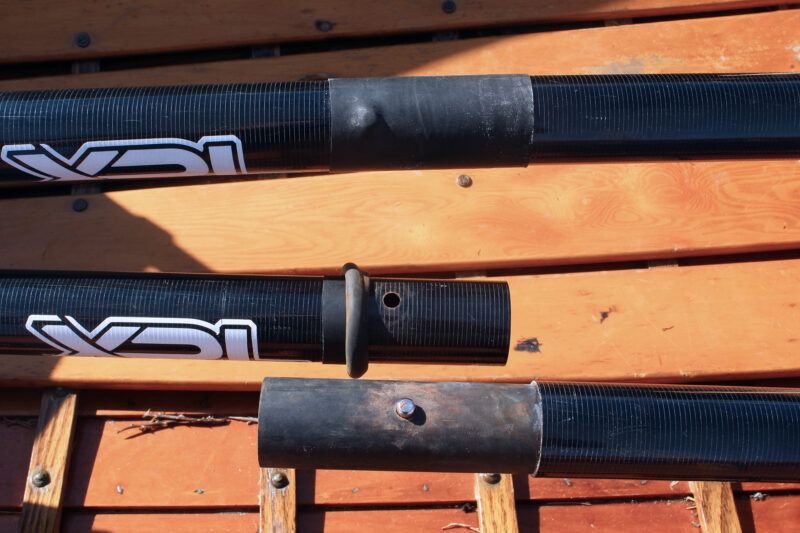 Photographs by the author
Photographs by the author
Join The Conversation
We welcome your comments about this article. If you’d like to include a photo or a video with your comment, please email the file or link.
Comments (3)
Leave a Reply
Stay On Course

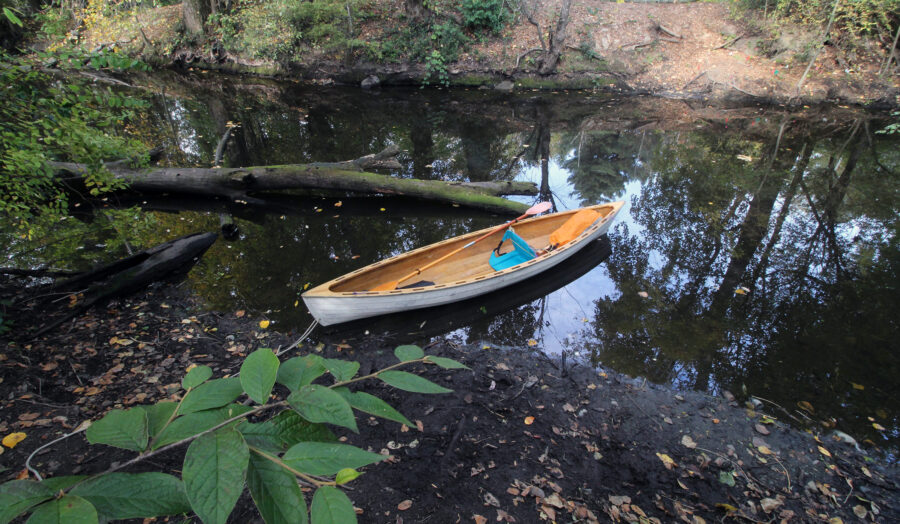

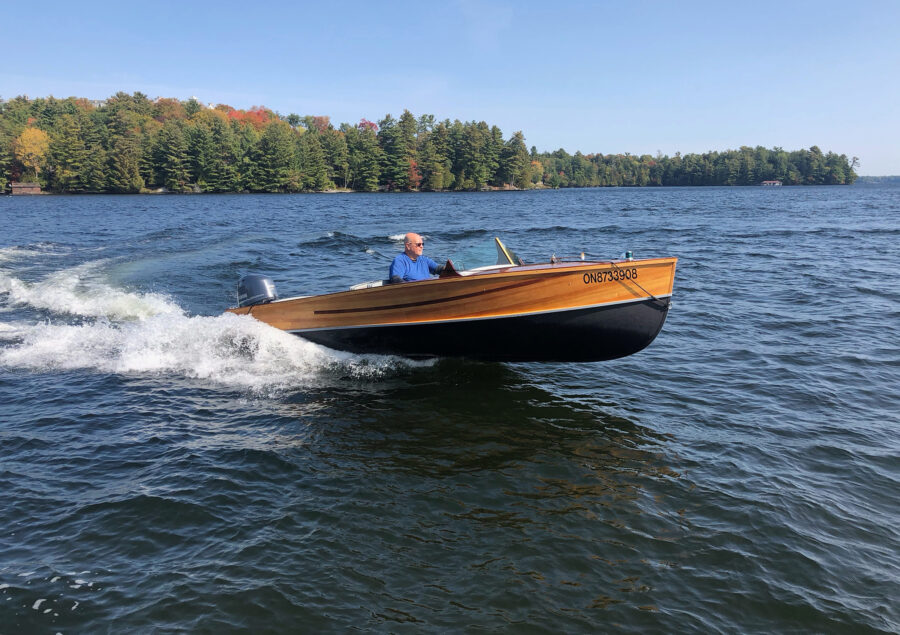
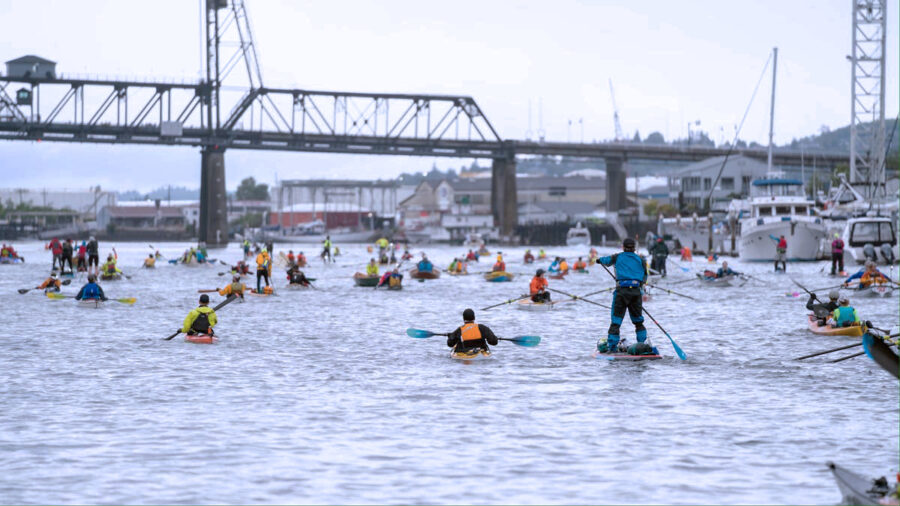
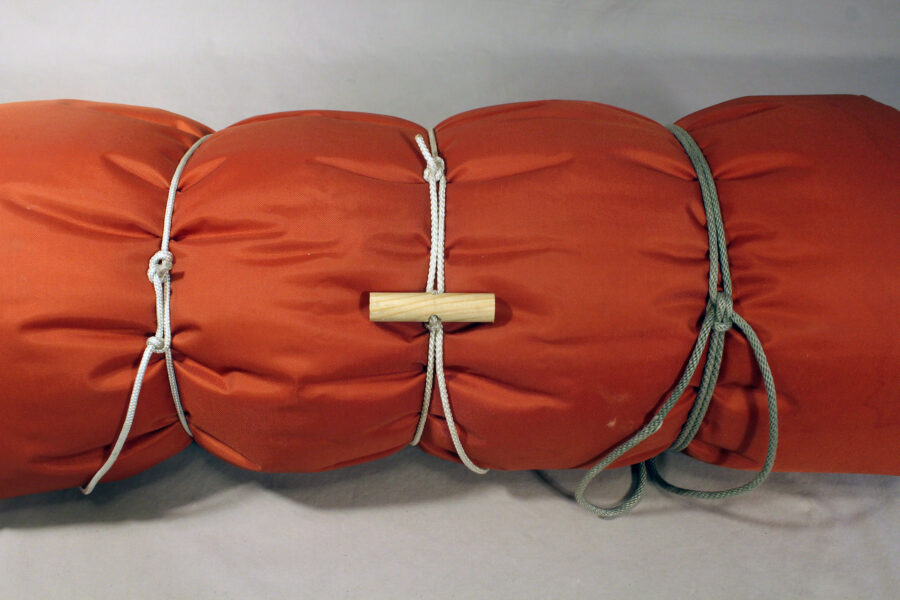
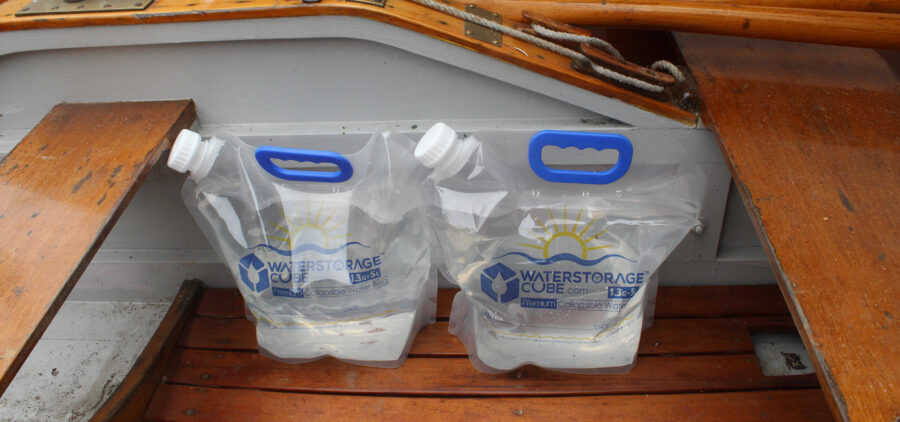
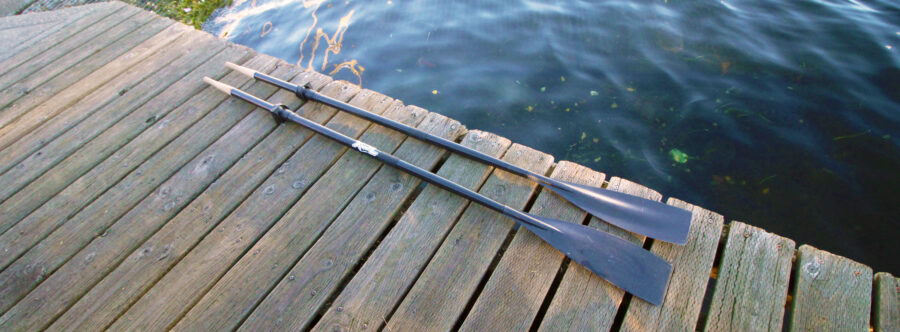
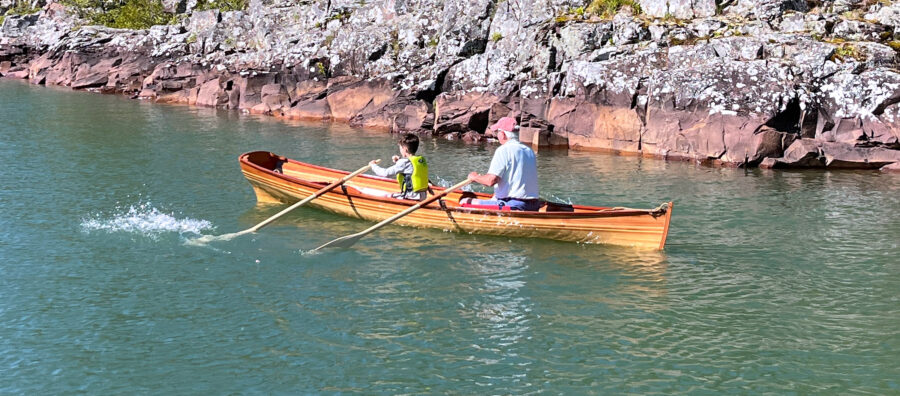
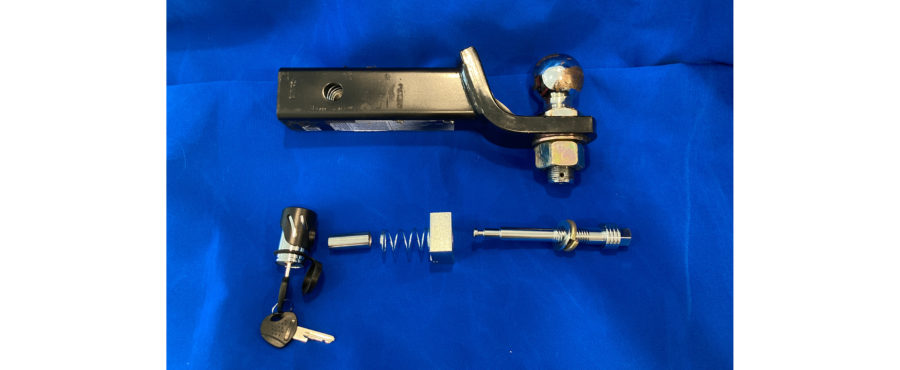
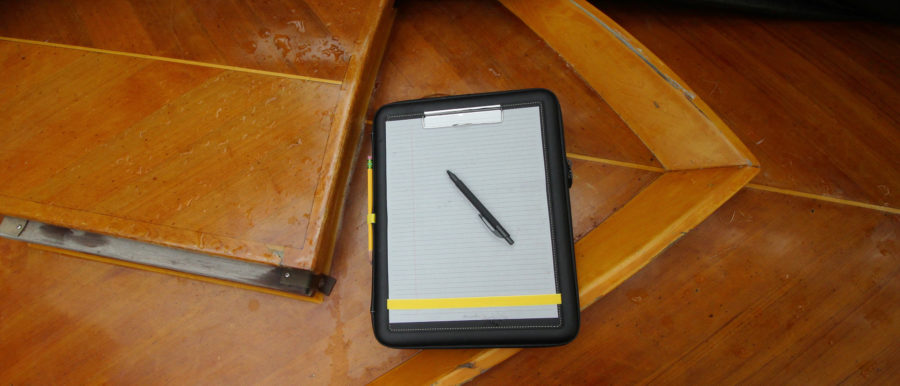
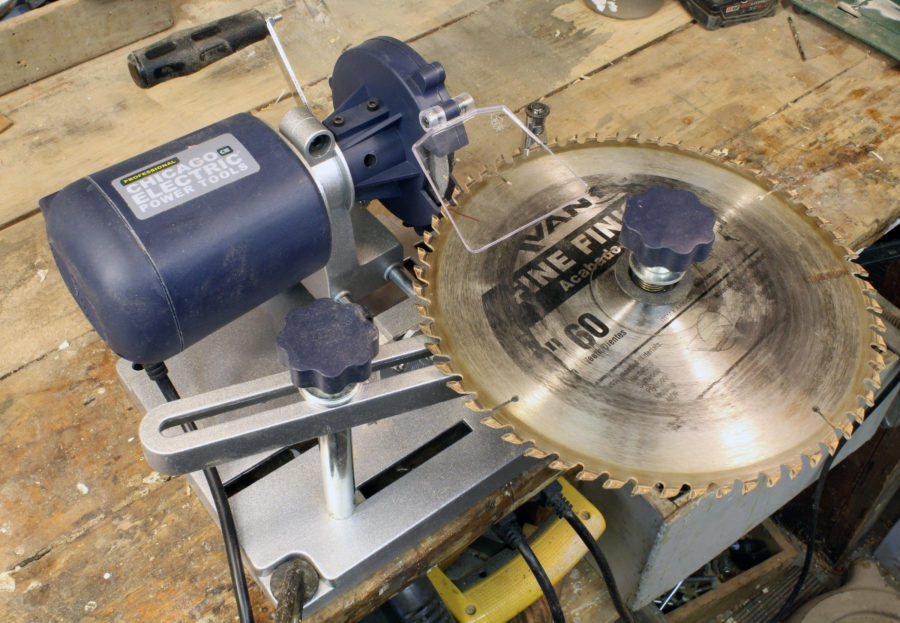
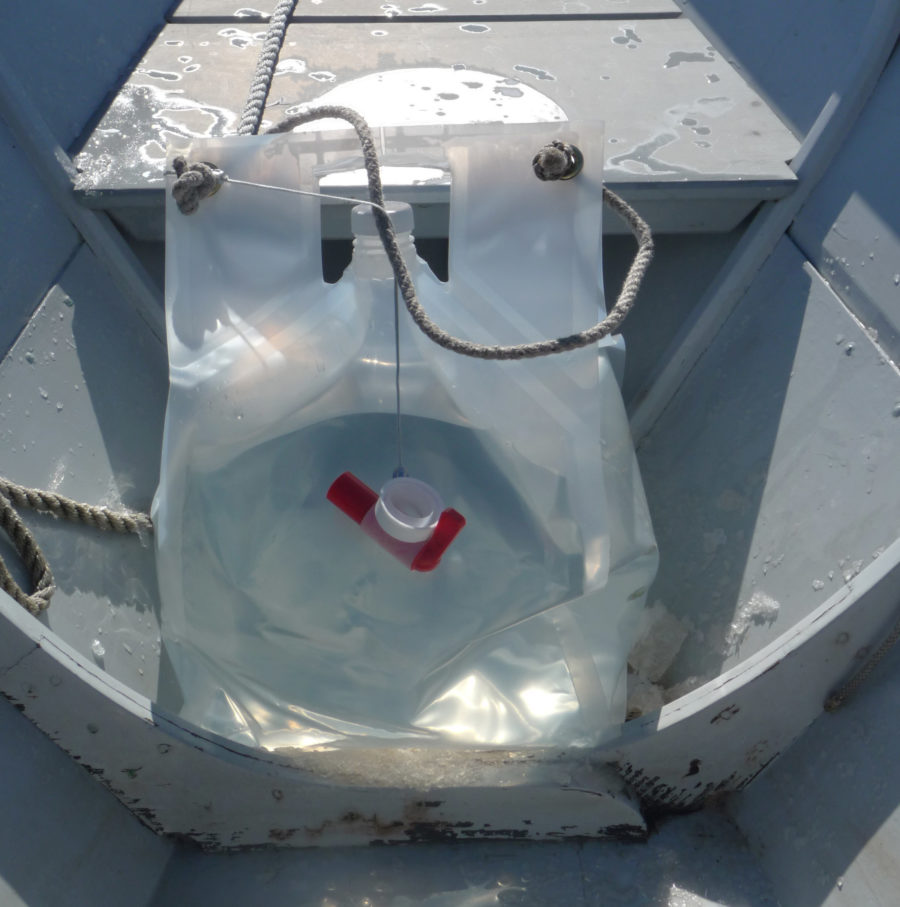
My set is 9′ 6″ long. The wood handles are a good choice. I treated them with a boiled linseed oil and turpentine mix per a suggestion from the maker. I am satisfied with the purchase.
I have a brand-X oar bag from a well-known company; these oars won’t fit only because I choose to leave the oarlocks attached. What does work are the sturdy and versatile pipe storage bags intended for pipe and drape tubing for trade-show and event booths.
The Gaco locks work just fine if you cut the gate at the top off. Makes getting underway a one handed job. Insert oar lock, drop in oar. Also makes it possible to switch oarlocks.
Interesting idea. Maybe I’ll try using them without snapping the top into place before performing surgery.